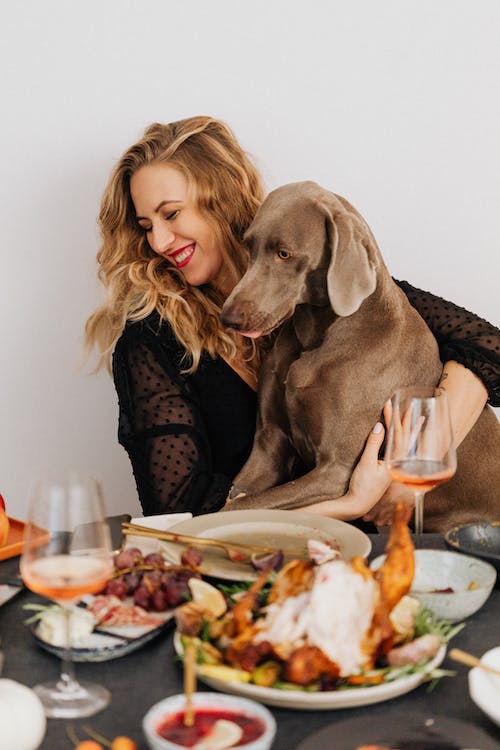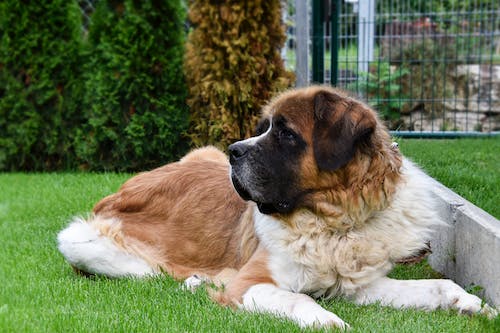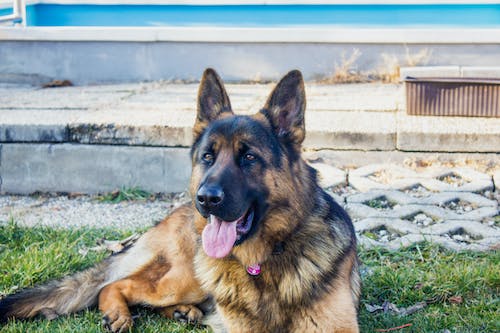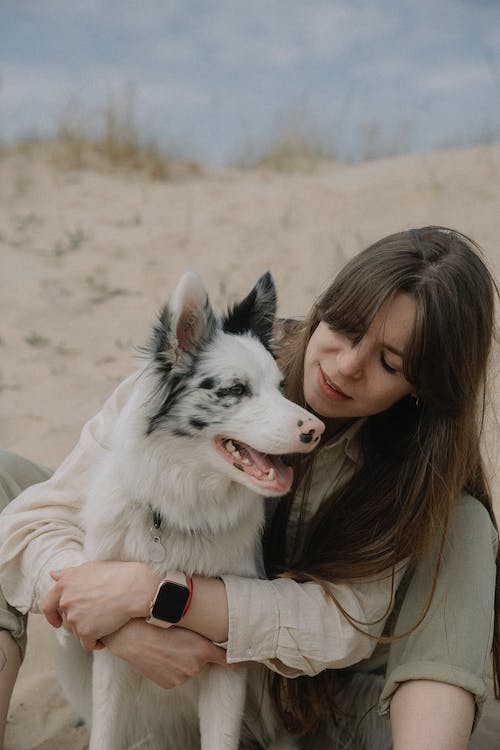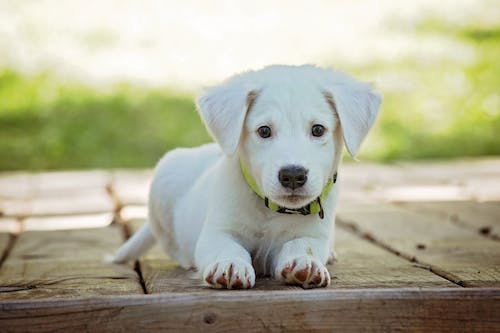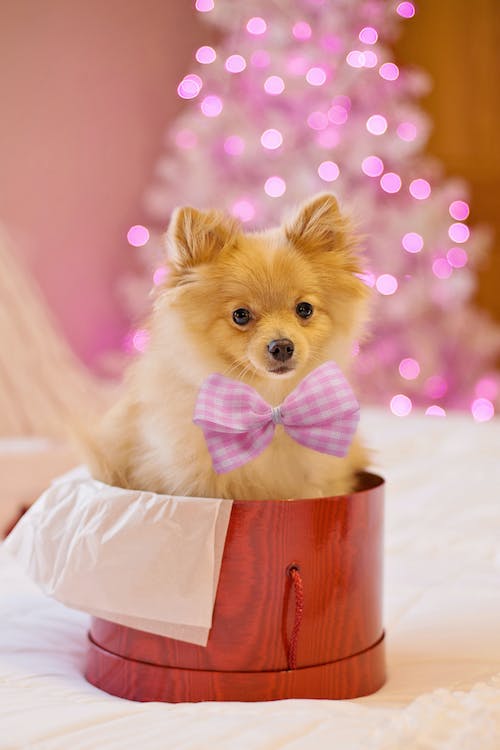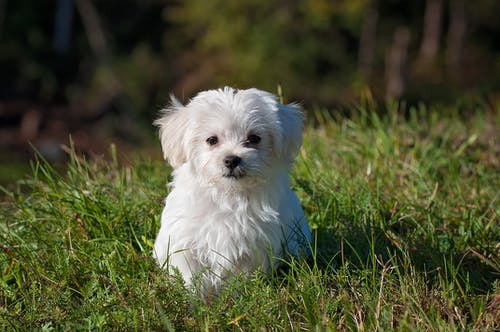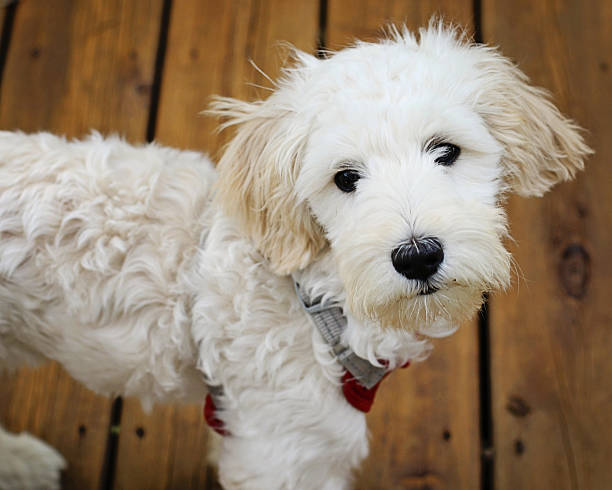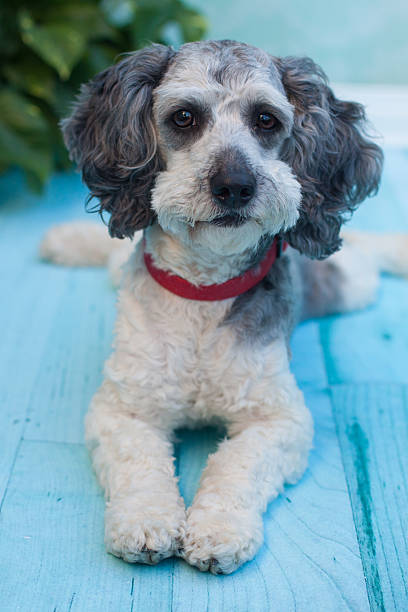Bringing home a puppy is one of your life’s most precious—and challenging—moments. Your life will improve in the next couple of months, as it has for so many dog owners worldwide. According to PR Newswire, around 71% of dog owners have said their new puppy has made them happier people.
And there are plenty of great reasons why! Puppies are our friends whenever we need them, and they shower us with cuddles and love without expecting anything in return. Even at our lowest points, dogs remain our loyal and best friends for life.
Our furry friends also need lifelong care from their owners, like going to the vet regularly, being trained, and getting plenty of exercise. Puppies won’t stay small forever, so you must ensure that you’ll always be there for your cuddly friend.
To help you get started, we’ve compiled a list of things you need to know before buying a puppy.
Make sure you’re ready for a puppy.
Many puppy parents fall for their impulses. We get it, and it’s hard to resist the charms of a cute puppy when you glance at them for the first time. For example, our available puppies for sale are known for being such natural charmers that you can’t help but love them.
However, it’s important to remember one key thing: raising a puppy is not easy.
Like babies, you’ll need to devote a lot of patience and time to your new family member. Your puppy does not know your rules or how the world around them works, and they also do not understand what behavior will earn them rewards or praise. That’s where training comes in.
If you cannot dedicate time to training and socializing your puppy, they may not mature into well-mannered adult dogs. We know how vital puppy training and socialization are for your puppy’s development.
Puppies also need other essentials to live a happy life, such as food, water, bedding, grooming toys, leashes, and collars.
Are you ready to commit to a new puppy?
Think about your life commitments and schedule before you make a final decision.
Be curious about the store or breeder’s puppy health standards.
Does the store or breeder you’re planning to visit include a quality health policy for their puppies? Responsible stores and breeders always care about the welfare of their puppies and their parents.
They may uphold specific standards when caring for their puppies. For example, having licensed veterinarians check their health. Some may even go above and beyond to search for and work only with elite breeders in the industry.
Unfortunately, many breeders in the industry aren’t careful with their puppies’ health and well-being. We highly recommend looking at the store’s or breeder’s puppy care standards.
Ask a lot of questions.
Always ask questions, no matter the reputation of a puppy breeder or store. Getting as much information as possible is crucial to get an idea of the store’s puppy care standards, dog welfare, and overall routine maintenance.
Along with asking about a store’s health standards, you should also ask them what type of breeders they work with. A responsible puppy store only works with elite breeder partners that are renowned in the industry.
Any submission below this standard is a red flag.
You should also ask whether a store’s puppies are microchipped and/or purebred and if they offer health-related perks to their customers. Pay attention to any evasiveness to specific questions.
Know which dog breed is right for you.
Research is one of the best steps to take before buying a puppy. Every puppy has a distinct set of traits inherent to its breed, such as personality, size, looks, grooming, and training needs.
What works for one dog will likely not work for another. For example, a Bulldog doesn’t require a lot of exercise due to its physical structure. The same cannot be said for breeds like the Golden Retriever or the Poodle.
These dogs can become restless without exercise, playtime, or any activity, leading to destructive behavior. Other dogs are perfect for small apartments, while others thrive in homes with large backyards.
You should also consider the size of your dream puppy. Smaller dogs are known to be slightly stubborn and bossy, so you must devote more attention to training.
Larger dogs tend to be less aggressive but usually need more food, exercise, and other essentials than smaller breeds. Researching each dog breed and its needs ensures you find the right dog for your personality and lifestyle.
Puppy-proof your home and backyard.
When your puppy is finally home, they’re likely to explore every inch of your house and backyard. You may not know it, but your house and backyard are dangerous places for little puppies!
Whether it’s electrical outlets, medications, or poisonous plants, your home is full of serious hazards that can harm your puppy’s health.
Make sure you prepare your house before your puppy comes home. Put away any medications or cleaning supplies in an area that’s hard to reach. Lock up all rooms you don’t want your puppy to enter.
Move foods to your fridges, especially chocolate, grapes, and onions. Move toxic plants to a secure location for your backyard, and check your fence for spaces under which your furry friend may crawl.
Buy all necessary puppy supplies.
Food, water, toys, beds, and crates—there are many supplies that every puppy needs to live a happy life. Welcome your puppy home by having all of its essentials ready, and you only need to start with basic supplies like food bowls, collars, leashes, and brushes.
These things will help your puppy adjust to their new surroundings and life with you. As your puppy matures into a well-rounded dog, you can buy other supplies like toys or treats based on their likes and dislikes. You may also purchase another leash to help leash-train your puppy during walks.
Getting a new puppy should never be an impulsive decision. There’s so much that goes on with raising a puppy! Think twice before you decide on the spot. If you’re ready to add a new puppy to your family, your next step is finding the best place. Our puppy experts and staff are committed to helping you find your furry soulmate!
